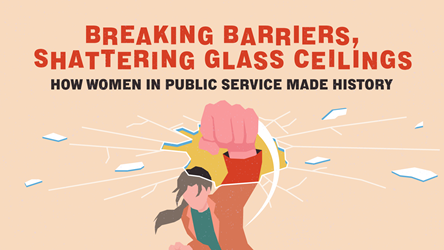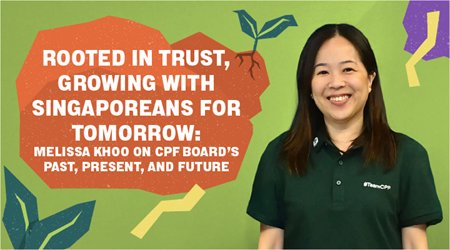More Than Just Old School Memories

I remember the recess bell, and the shouts and laughter from hundreds of unruly little boys that followed soon after. I remember standing in the corner – punished for having long hair – and having my book thrown onto the plant outside for forgetting to do my corrections.
More than two decades later, the centre of mischief that was Anglo-Chinese Primary School is long-gone. And even though part of the building remains, there’s not a whimper from it, at least from the outside. But inside, a much bigger part of history is being retold.
Collectors of memories
On a quiet stretch of Canning Rise, between the Singapore Philatelic Museum and Registry of Marriages, sits the National Archives of Singapore (NAS). Its quiet, unassuming exterior hides a labyrinth of rooms where over 70 staff are busy at work.
From restoring tattered, bookworm-eaten records, to converting old videos from lost formats, to interviewing guests for the Oral History collection, these unsung heroes work diligently, some almost silently, meticulously preserving our collective past. Their work is tedious – converting copious oversized maps and town plans into more accessible microfilm that will last hundreds of years, or separating thousands of fragile, torn pages from century-old books to strengthen them with paper pulp.
Sheer dedication and perseverance are unspoken prerequisites for a job at the Archives, an institution of the National Heritage Board. But as the archivists will tell you, it is the pride of fulfilling a form of national service that keeps them fuelled on the job. They are, after all, entrusted with the honour of maintaining the annals of Singapore.
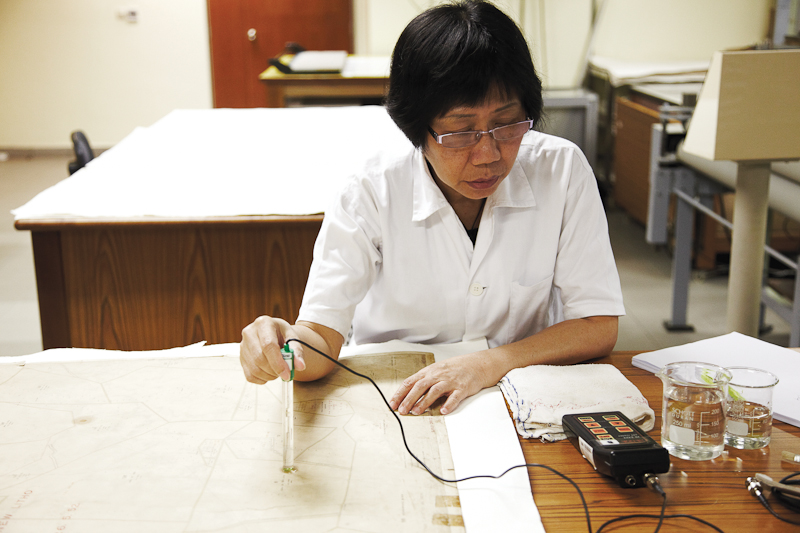

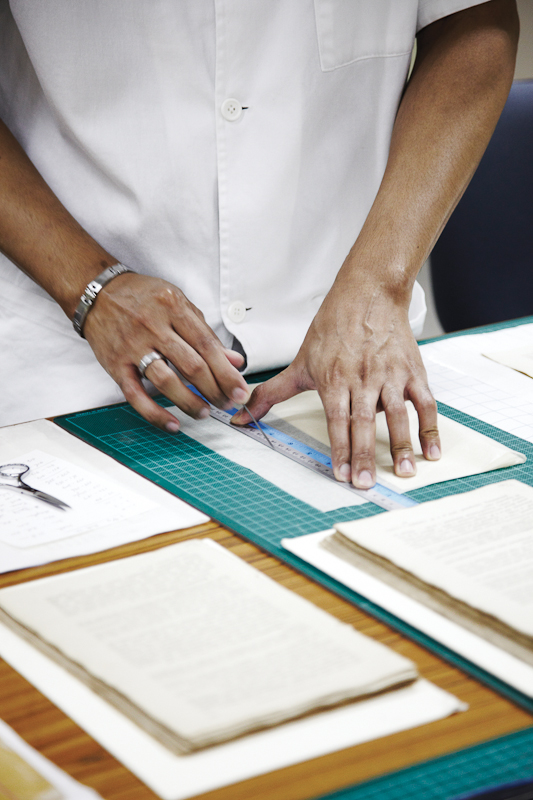
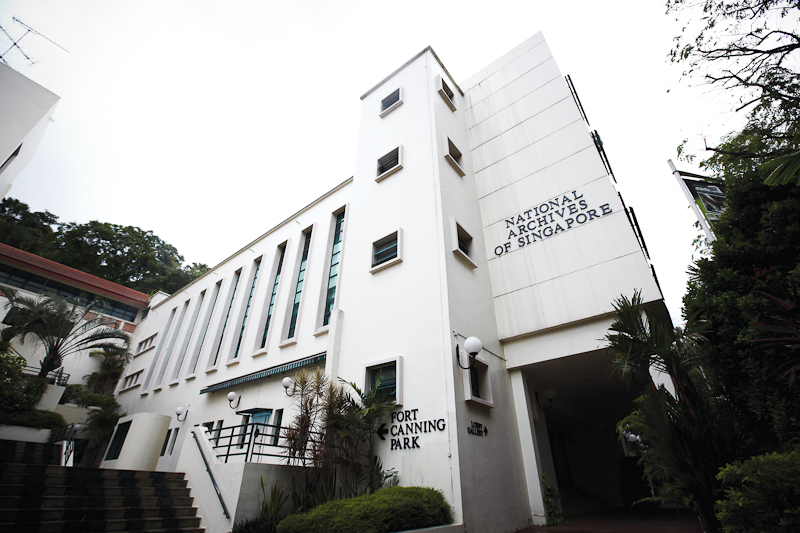
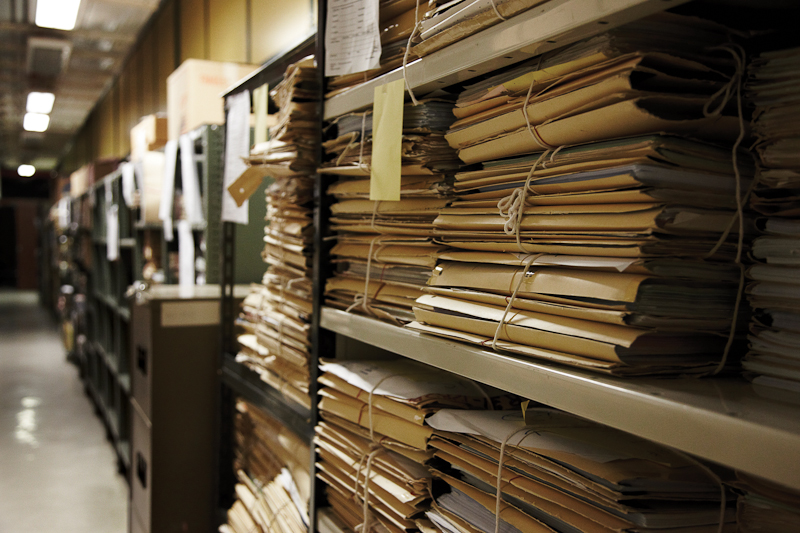
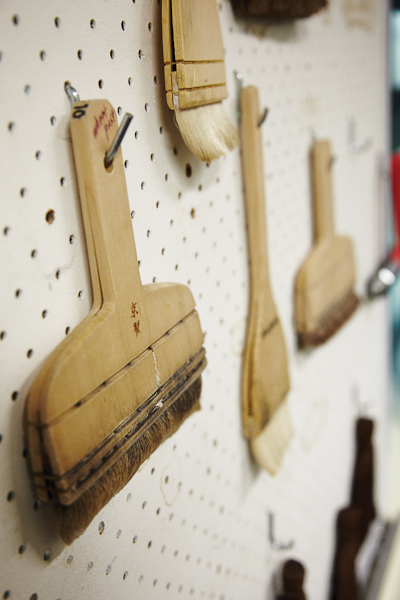
Primarily, NAS appraises and maintains public records of national and historical significance, and serves as custodian of Singapore’s memories. To date, it has an impressive collection of information in various media, termed archival holdings, dating back to the early 1800s. Among these are original handwritten copies of Straits Settlements manuscripts.
As part of its outreach, NAS organises exhibitions and heritage activities, and manages two interpretative centres – Memories at Old Ford Factory and Reflections at Bukit Chandu. (Read ‘Reliving the Past’ in Challenge Jan/Feb 2012)
Senior Conservation Officer Jennifer Lim, who oversees the Archives Conservation Lab, is one of two dozen staff who painstakingly fumigate, dismantle, wash, mount, stitch, press and hot-stamp records and other archival holdings every day. To her, it is not just about sharing and knowing the past; it is about learning from it. “I recall being taught during my school days that the history of a nation will impact its future. The good parts should be remembered while the pitfalls should not be forgotten, but avoided.”
Helming the NAS is its director Mr Eric Tan who remains constantly inspired by his colleagues’ work. “For sure, I am truly privileged to be able to work here. My colleagues have been doing a wonderful job, and all for the benefit of Singaporeans. It’s tough work, which requires much discipline, self-motivation and passion.”
He proudly shows off two neat rows of NAS publications on a low bookshelf in his simple office and picks up a copy of The Causeway, a recent collaboration with the National Archives of Malaysia.
“In the past, there was no Causeway. Trains were shipped on barges across from Johore where they would continue on a track in Singapore,” explains Mr Tan.
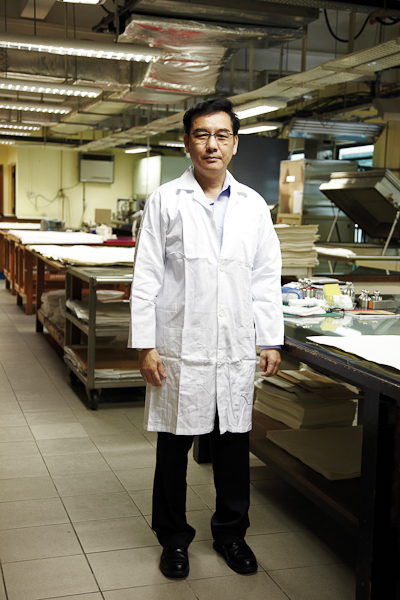

Helping Singaporeans learn and remember bygone days is another of NAS’ main functions, stresses Mr Tan, for the archives’ intrinsic value becomes apparent as memories of the past live on for future generations.
Critical role of history
But NAS’ value is also very current. Its support was pivotal during Singapore’s fight for Pedra Branca, an outlying island claimed by Malaysia. Ms Kwok Toi Chi, Assistant Director, Records Management, relates how NAS staff spent countless days and nights scrutinising records in search of documentary evidence to support Singapore’s territorial claims.

Among the key finds was a letter dated September 21, 1953 from the Acting State Secretary of Johore, stating that his government did not claim ownership of Pedra Branca. This gem helped the International Court of Justice rule in Singapore’s favour.
“When the results were announced on May 2008, there was a great sense of relief and jubilation from the team members. We felt that the time spent ploughing through the voluminous records was worth every ounce of our energy and effort,” says Mrs Ng Yoke Lin, Senior Archivist of the Audio-Visual Archives Division who was among those who helped out in the case.
More recently, plans to build an expressway through part of Bukit Brown Cemetery are underway, and many Singaporeans have come forward to find out where their ancestors might have been buried. Once again, NAS’ support has become vital because of its record of burial registers.
For Archivist Cindy Yong, part of the seven-officer team handling matters pertaining to Bukit Brown Cemetery, who also assists with front desk enquiries at the Archives Reading Room, the hard work pays off when she’s able to help make the “connection”. “There is a sense of fulfilment for me at the moment when families find their ancestors.” Often, people seek school or marriage records – not just for posterity but sometimes for material evidence for legal proceedings.
Nowadays, most walk-in search requests come from schoolchildren who need information for history projects. It has thus come full circle: a place where children once sought information, has come to serve this purpose, once again. And though the noise of Canning Rise has faded, a different life is being nurtured within those walls – our history that will live on.

- POSTED ON
May 21, 2012
- TEXT BY
Ryandall Lim
- PHOTOS BY
Justin Loh





